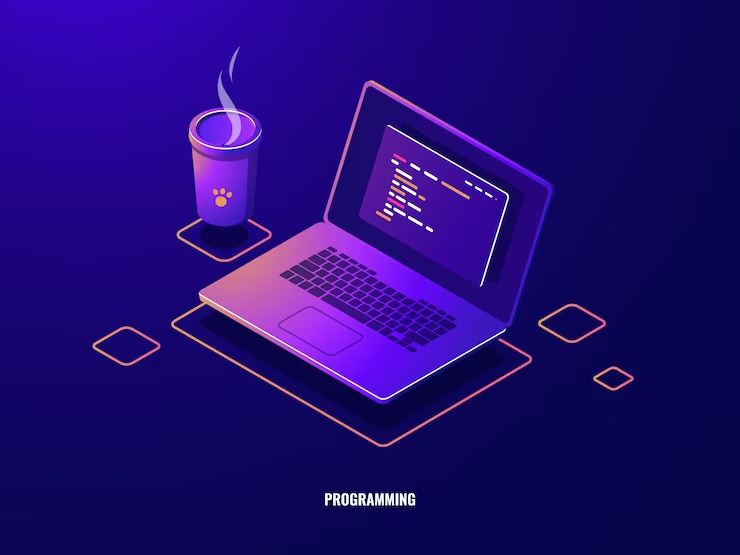Security Compliance in Low Code Application Development
Security Compliance in Low Code has transformed how organizations create software, offering speed and agility in a rapidly changing digital landscape. However, this convenience should be considered a critical aspect of security. This blog post will explore the security compliances specific to low-code application development. We’ll delve into the unique challenges, best practices, and strategies to ensure that low-code applications are rapid and secure. By understanding and acting upon these security concerns, organizations can protect their applications, data, and reputation in the era of low-code development.
The Evolving Security Landscape:
The rapid ascent of low-code application development coincides with an era of unprecedented digital transformation, where businesses increasingly rely on software solutions to fuel their growth and competitive edge. Yet, as organizations march forward in the pursuit of digital innovation, a critical and evolving challenge looms ever more prominent on the horizon: security. The world of cybersecurity is in a constant state of flux, with cyber threats becoming more numerous and exceedingly sophisticated. The stakes have never been higher, from ransomware attacks paralyzing critical infrastructure to data breaches compromising sensitive customer information.
In this dynamic landscape, where innovation and risk run parallel, low-code application development emerges as a pivotal player. While low-code platforms offer unparalleled speed and agility in software creation, they also introduce a set of unique security considerations. In an environment where rapid development is celebrated, the importance of security should never be understated. For every innovative application delivered swiftly, there is a corresponding vulnerability that could be exploited.
Unique Security Challenges:
Low-code application introduces unique security challenges:
- Inadequate Authentication and Authorization: Improperly configured authentication and authorization can lead to unauthorized access to sensitive data and functionalities.
- Data Security: Protecting data at rest and in transit is crucial. Developers must ensure data encryption and implement proper access controls.
- Code Reusability: While code reusability is a strength of low code, it can also propagate vulnerabilities across multiple applications if not adequately managed.
- External Integrations: Integrating with external services and APIs exposes applications to potential security vulnerabilities present in those services.
- Limited Customization: Some low-code platforms restrict customization to ensure ease of use, which can limit the ability to implement advanced security features.
Best Practices for Security in Low-Code Development:
To address these unique challenges, consider the following best practices when developing applications with low-code platforms:
- Authentication and Authorization: Implement robust authentication mechanisms, including multi-factor authentication. Define and enforce proper authorization roles and permissions to control access to application resources.
- Data Encryption: Encrypt sensitive data at rest and in transit using industry-standard encryption protocols and algorithms.
- Input Validation: Sanitize and validate user inputs to prevent common vulnerabilities like SQL injection and cross-site scripting (XSS).
- Secure APIs: When integrating with external services and APIs, validate and sanitize data from these sources. Implement API security best practices, including proper authentication and rate limiting.
- Data Privacy: Comply with data protection regulations like GDPR by implementing privacy-by-design principles. Minimize data collection and retention and provide users explicit data consent and control options.
- Code Review and Testing: Regularly review and test the application’s code for security vulnerabilities. Use automated scanning tools and conduct manual security assessments.
- Logging and Monitoring: Implement robust logging and monitoring to detect and revert to real-time security incidents. Set up alerts for suspicious activities.
- Patch Management: Keep all software components, including the low-code platform and third-party libraries, up to date with security patches and updates.
- Secure Deployment: Implement safe deployment practices, including code signing, secure configuration management, and access controls on deployment environments.
- Training and Awareness: Train developers and other stakeholders in security best practices. Foster a security-aware culture within the organization.
Security Considerations for Vendor Selection:
When selecting a low-code application development platform, consider the security measures and practices of the platform provider:
- Vendor Reputation: Research the reputation of the platform vendor regarding security. Look for security certifications and compliance with industry standards.
- Security Features: Examine the security features offered by the platform, such as built-in encryption, role-based access controls, and audit trails.
- Data Residency: Consider where your data will be stored. Ensure it complies with your organization’s data residency and regulatory requirements.
- Security Updates: Inquire about the vendor’s process for delivering security updates and patches. Timely response to vulnerabilities is critical.
- Vendor Support: Evaluate the vendor’s support level for security-related issues. Responsive support is essential in addressing security concerns promptly.
Conclusion:
Security is non-negotiable in low-code application development. As organizations increasingly rely on low-code platforms to rapidly build applications, they must prioritize security measures. By following best practices, addressing shared security challenges, and carefully selecting a reputable low-code platform vendor, organizations can create applications that meet business needs, safeguard sensitive information, and protect against potential threats. In the dynamic landscape of application development, security considerations are not just a feature but a fundamental requirement for success.




